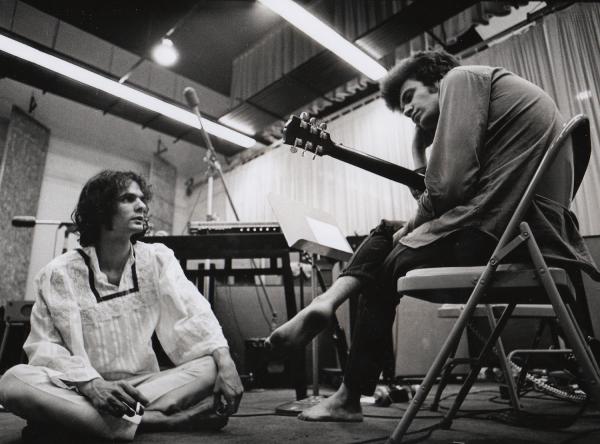Mike Mettler
|
Jun 25, 2015 |
Published: Jun 24, 2015
|
May 28, 2015
|
May 13, 2015
|
Apr 29, 2015
|
Apr 09, 2015
|
Mar 25, 2015
|
Mar 12, 2015














